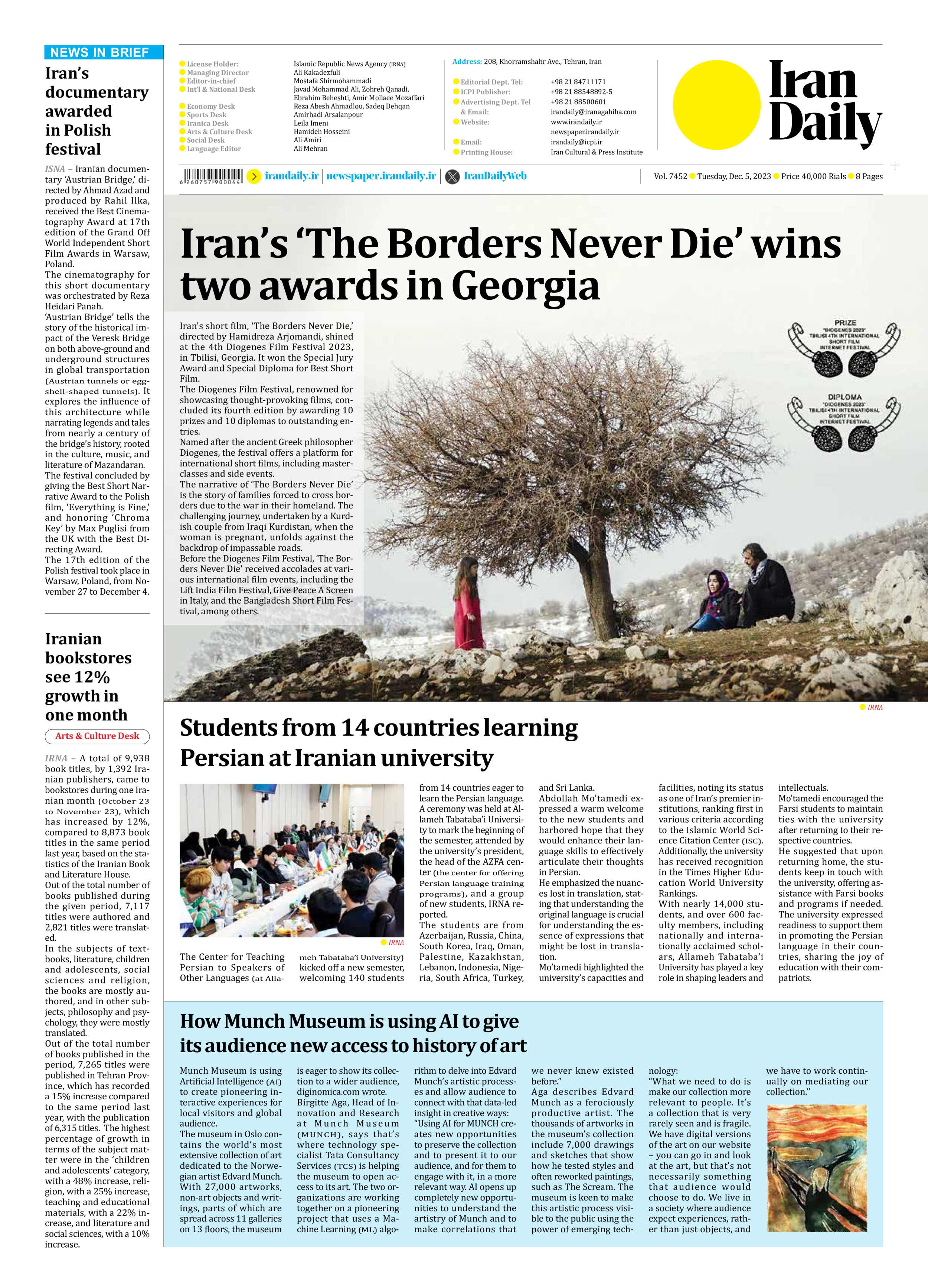
How Munch Museum is using AI to give its audience new access to history of art
Munch Museum is using Artificial Intelligence (AI) to create pioneering interactive experiences for local visitors and global audience.
The museum in Oslo contains the world’s most extensive collection of art dedicated to the Norwegian artist Edvard Munch. With 27,000 artworks, non-art objects and writings, parts of which are spread across 11 galleries on 13 floors, the museum is eager to show its collection to a wider audience, diginomica.com wrote.
Birgitte Aga, Head of Innovation and Research at Munch Museum (MUNCH), says that’s where technology specialist Tata Consultancy Services (TCS) is helping the museum to open access to its art. The two organizations are working together on a pioneering project that uses a Machine Learning (ML) algorithm to delve into Edvard Munch’s artistic processes and allow audience to connect with that data-led insight in creative ways:
“Using AI for MUNCH creates new opportunities to preserve the collection and to present it to our audience, and for them to engage with it, in a more relevant way. AI opens up completely new opportunities to understand the artistry of Munch and to make correlations that we never knew existed before.”
Aga describes Edvard Munch as a ferociously productive artist. The thousands of artworks in the museum’s collection include 7,000 drawings and sketches that show how he tested styles and often reworked paintings, such as The Scream. The museum is keen to make this artistic process visible to the public using the power of emerging technology:
“What we need to do is make our collection more relevant to people. It’s a collection that is very rarely seen and is fragile. We have digital versions of the art on our website – you can go in and look at the art, but that’s not necessarily something that audience would choose to do. We live in a society where audience expect experiences, rather than just objects, and we have to work continually on mediating our collection.”







